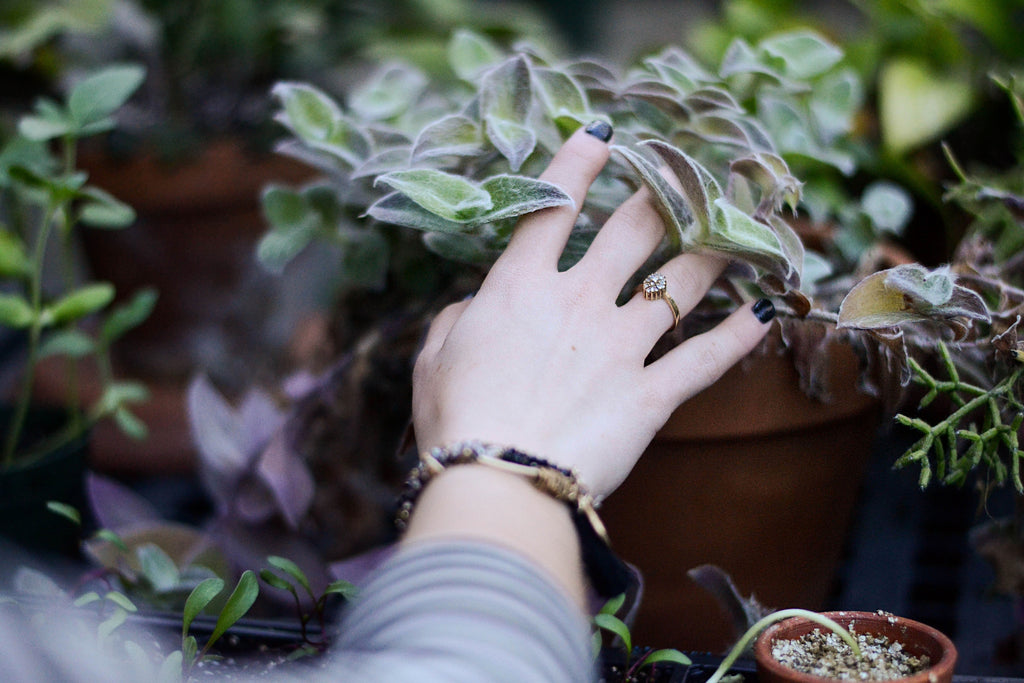Plants
The Singular Agony of a Dead Houseplant

When you’re a plant person, your potted treasures become a bit like cherished pets. You pay attention to their whims. Their arcane needs. You get to know their tendencies and preferences. They come to each express their own sort of personality. This one, you may tell someone, likes a bit more water in summertime. That one can’t be too close to the window, because its leaf tips become scorched.
And like pets, when a plant dies, it’s a sort of heartache. While a plant death doesn’t bring anywhere near the amount of emotional suffering as the death of a pet, it does carry with it its own brand of disappointment.
Plant convalescence as personal accusation.
The death of a plant can feel like a long, slow personal failure. As leaves wither and drop to the floor in crunchy curls, as branches become lazy and languid, the pot seems to look at you from wherever it’s perched, reminding you of your own inadequacy. A dying plant in the home is like an extended finger, forever pointing at you like an accusation. It reminds you of your lack of flora-intuition. Highlights the defects that make you incapable of sorting through the issue, and make you likewise unable to deliver whatever the plant might need to rebound from its malaise. A dying plant brings with it a sort of agony for the plant’s keeper. It harkens a powerlessness: we try everything we can. More or less water. More or less light. A replanting that could shock it into spontaneous death, or revive it, who knows!
“I watched that thing die for months,” a friend recently recounted sadly over brunch, with hunched shoulders, like a person defeated. She spoke with tenderness and frustration about a puffy little succulent. “It had been so green, and its little nurdle leaves were puffy and firm. But then they’d get mushy and brown, and the nurdles would fall off, one by one, and the cat would bat them around till they were a goopy mess. Finally they all fell off, and I was left with just a naked hairy stem, hanging down like a flaccid rat’s tail.”
She told it like the end of a love story, and when I offered that perhaps she’d overwatered, she threw a hand up.
“Don’t,” she intoned. She’d tried everything. Less water, more water, it didn’t matter. “It was suicidal,” she declared.
We have this idea that with the right care, plants should live forever.
Indeed, some plants, under the right condition, will continue to grow and thrive far longer than any housepet ever could. So when one fails, or slowly (or suddenly) dies, it can inspire quite the feeling of remorse. As if we alone were the cause. But some plants, it’s important to remember, have built-in shelf lives.
It depends where we buy our plants, for example. A grocery store plant might have been battered around in transit before reaching our store, and then our home. It could have weak roots that one day just give out. Sometimes, a plant can have the most ideal conditions in the world, and it’ll still find a reason to die. It’s not always our fault.
Tricks for reviving sick houseplants
Water less. Overwatering is the deadliest act a well-intentioned plant owner can perpetrate. It’s the most common cause of houseplant death. Like overbearing mothers, we want to make sure our plants have enough, but in overdoing it, we actually harm them. Soil should not be too damp. Plants should never sit in standing water. The top layer of soil in most plants can get a bit dry. We don’t want tumbleweeds and dust, and we don’t want squishy wet spongy soil, either. Moderate.
If fungus is present. Before going all-in with an anti-fungal, consider a treatment of hydrogen peroxide. Water the plant with peroxide (3% is best) instead of water. This will will flush out stagnant water, and replace it with highly oxygenated water. Fungus and root rot generally occur from over watering. So, as mentioned, avoid that.
Houseplants that are hard to kill
The internet has written again and again about which plants are hardest to kill, and we don’t feel the need to re-enumerate them for you here. Buying houseplants that are hard to kill are one way to avoid the agony of watching a plant die. That said, there’s great reward in pursuing a more rare plant, learning about it, and then doing the work of keeping it alive. Like a pet, you dutifully get to know their quirks and needs, and monitor their responses to your ministrations. It becomes a relationship. When they die, it’s disappointing. But when they thrive, you get to bask in that unique satisfaction.